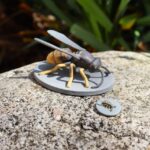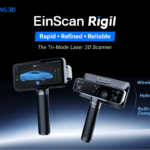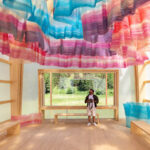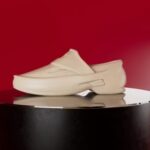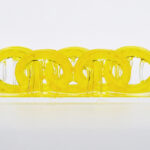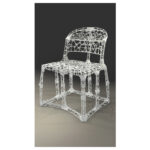The ability to scan and track objects, particularly products, is a major part of the operations of many industries. Shopping centres can’t operate without them and they make factory tracking far easier. The 3D printing industry has also been tinkering with ways to insert data-carrying codes into the process. Now, Columbia researchers may have found a way to embed these barcodes right into the structure of 3D prints. Their Layercode tagging scheme uses an encoding algorithm that enables the object layers to carry information without altering the print geometry.
The barcodes work precisely like traditional ones, carrying a code that contains product information. However, there are certain advantages to this new method as well. For example, with certain designs, the code can be completely invisible yet still machine trackable. The method does not hinder the design process at all.
Another advantage that Layercode brings in is the ability to work around various geometries. In fact, the code can work around curves and rounded parts with ease. The codes are an example of ‘robust encoding’ using a specific algorithm for encoding information about the object or component. The new coding mechanisms come with software and hardware updates for 3D printers.
Embedding 3D Barcodes

The Layercode technology is compatible with both SLA and FDM methods. It has also yielded a 99% success rate with a test group of 4,835 shapes over the course of the study. Even more impressively, it can work with multiple colors and multiple materials as well. The system is very advanced, showing only 44 shapes it could not operate with.
The researchers state: “Our key idea is inspired by the structural resemblance between optical barcodes and 3D printed objects: essential in a barcode are its black and white bars arranged in parallel; universal in all 3D printed objects are printing layers introduced in a parallel fashion. In fact, virtually all additive manufacturing uses a layer-by-layer printing process. Thus, if we could interleave two “types” of layers in a 3D printing process, we would be able to embed a barcode everywhere along a 3D printed object.”
The researchers also noted that it would be useful in fighting against counterfeiting due to the watermarks one can create. It has obvious applications in tagging items, but may also provide the ability to put in unremovable codes.
Featured image courtesy of Columbia University.



